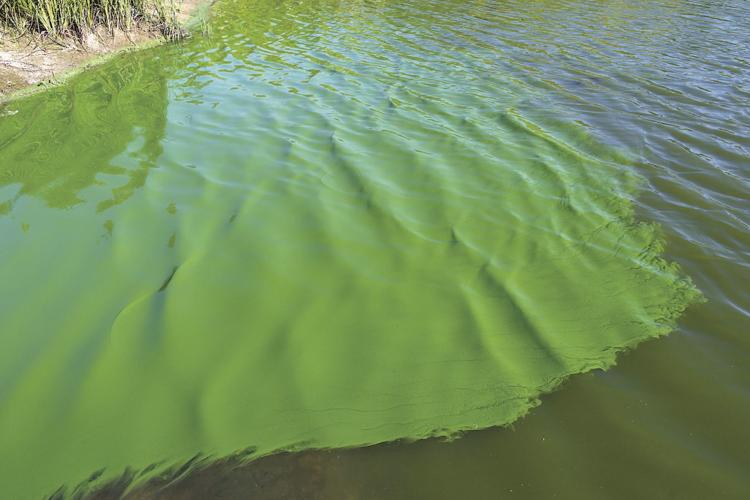Swimmers and other water sport enthusiasts are warned to avoid certain branches of Lake Anna because of a toxic algae bloom. The Middle Pamunkey Branch, Upper Pamunkey Branch, Terry’s Run and the Upper North Anna Branch of Lake Anna are all effected. The public is advised to avoid contact with the lake in these areas until algae concentrations return to acceptable levels, the Virginia Department of Health said in a news release.
Water samples taken at collection sites within the aforementioned areas exceeded safe swimming levels of harmful algae, called cyanobacteria. Cyanobacteria can cause skin rash and gastrointestinal illnesses, such as an upset stomach, nausea, vomiting and diarrhea. People and pets are advised to avoid swimming, windsurfing and stand-up-paddle-boarding as well as other activities that pose a risk of ingesting water or exposure to skin, the news release said.
Algae blooms can occur when warm water and nutrients combine to make conditions favorable for algae growth. Most algae species are harmless; however some species may produce irritating compounds or toxins. Avoid discolored water or scums that are green or blueish-green because they are more likely to contain toxins.
To prevent illness, people should:
- Avoid allowing children or pets to drink from natural bodies of water.
- Keep children and pets out of areas experiencing a harmful algae bloom and quickly wash them off with plenty of fresh, clean water after coming into contact with algae scum or bloom water.
- If you or your animals experience symptoms after swimming in or near an algae bloom, seek medical/veterinarian care.
- To ensure fish fillets are safe to eat, properly clean fish by removing skin and discarding all internal organs and cooking fish to the proper temperature.
Lake Anna is located about 72 miles south of DC and is one of the largest freshwater inland reservoirs in Virginia, covering an area of 13,000 acres.
Photo: The health department advises people to avoid discolored water or scums that are green or bluish-green as they could produce irritating compounds or toxins. Image: Wikimedia








